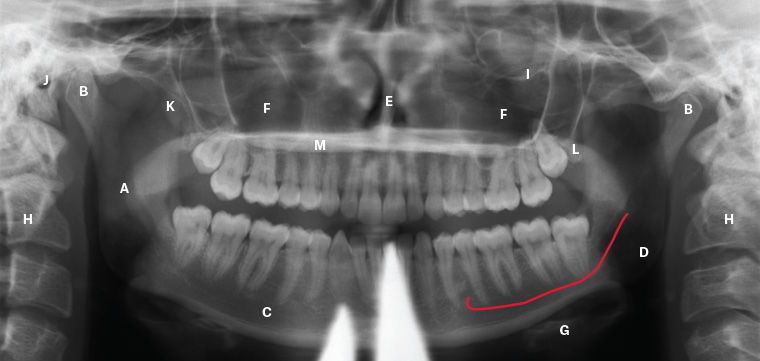

The risk of pulp exposure increased by 2.5 times per 10-point decrease of the ratio on standard radiographs vs. Inter-rater agreements on RDT/TDT were rather poor and inter-rater reliability was low and similar in standard and contrasted radiographs: the concordance correlation coefficients (95% CIs) were estimated at 0.46 (0.40 0.51) and 0.46 (0.40 0.52), respectively. The median RDT/TDT ratio ranges were 16.8–26.5% on standard and 16.2–24.6% on contrasted radiographs. A logistic regression accounting for measurement errors provided odds ratios that estimated the ability of the RDT/TDT to predict pulp exposure. Inter-rater agreements and concordance were assessed. Lines put at the dentino-enamel junction, the floor of the carious lesion, and the pulp chamber wall allowed deriving RDT/TDT. Four independent raters examined standard pre-operative radiographs and their contrasted versions. This retrospective study (January 2018–June 2020) analyzed data on 360 patients. Investigate the ability of ratio ‘remaining/total dentin thickness’ (RDT/TDT, as determined on pre-operative radiographs) to predict pulp exposure during excavation. Current pre-operative radiographs allow visual estimation but not accurate measurement of lesion depth. During interventions for deep caries lesions without severe symptoms, preserving pulpal vitality is important to ensure treatment success, improve organ prognosis, and decrease cost-effectiveness.


 0 kommentar(er)
0 kommentar(er)
